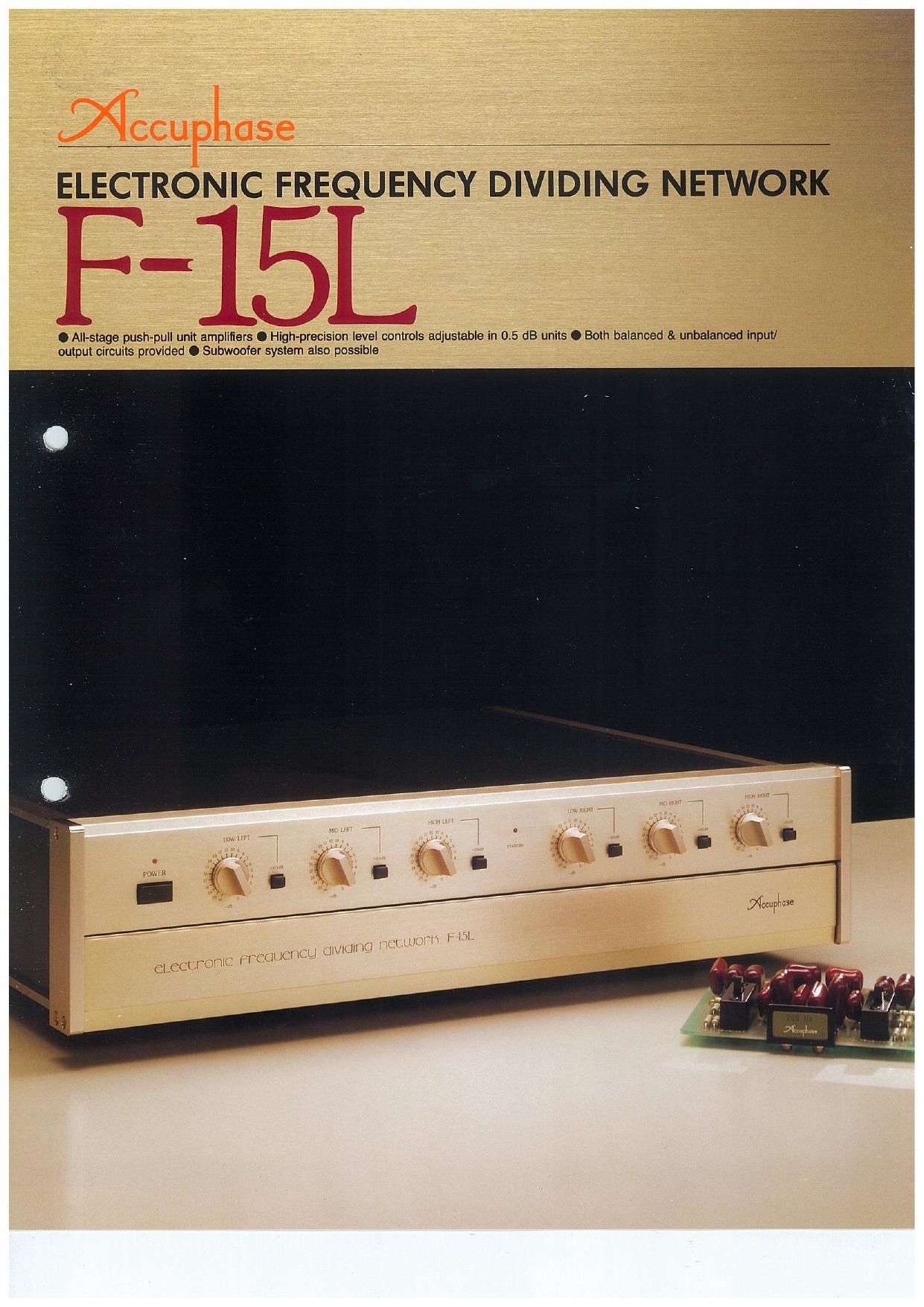Accuphase F 15 L Brochure
This is the 4 pages manual for Accuphase F 15 L Brochure.
Read or download the pdf for free. If you want to contribute, please upload pdfs to audioservicemanuals.wetransfer.com.
Page: 1 / 4
